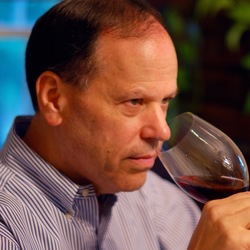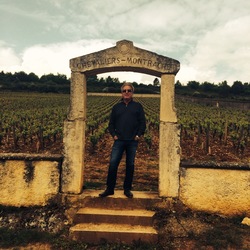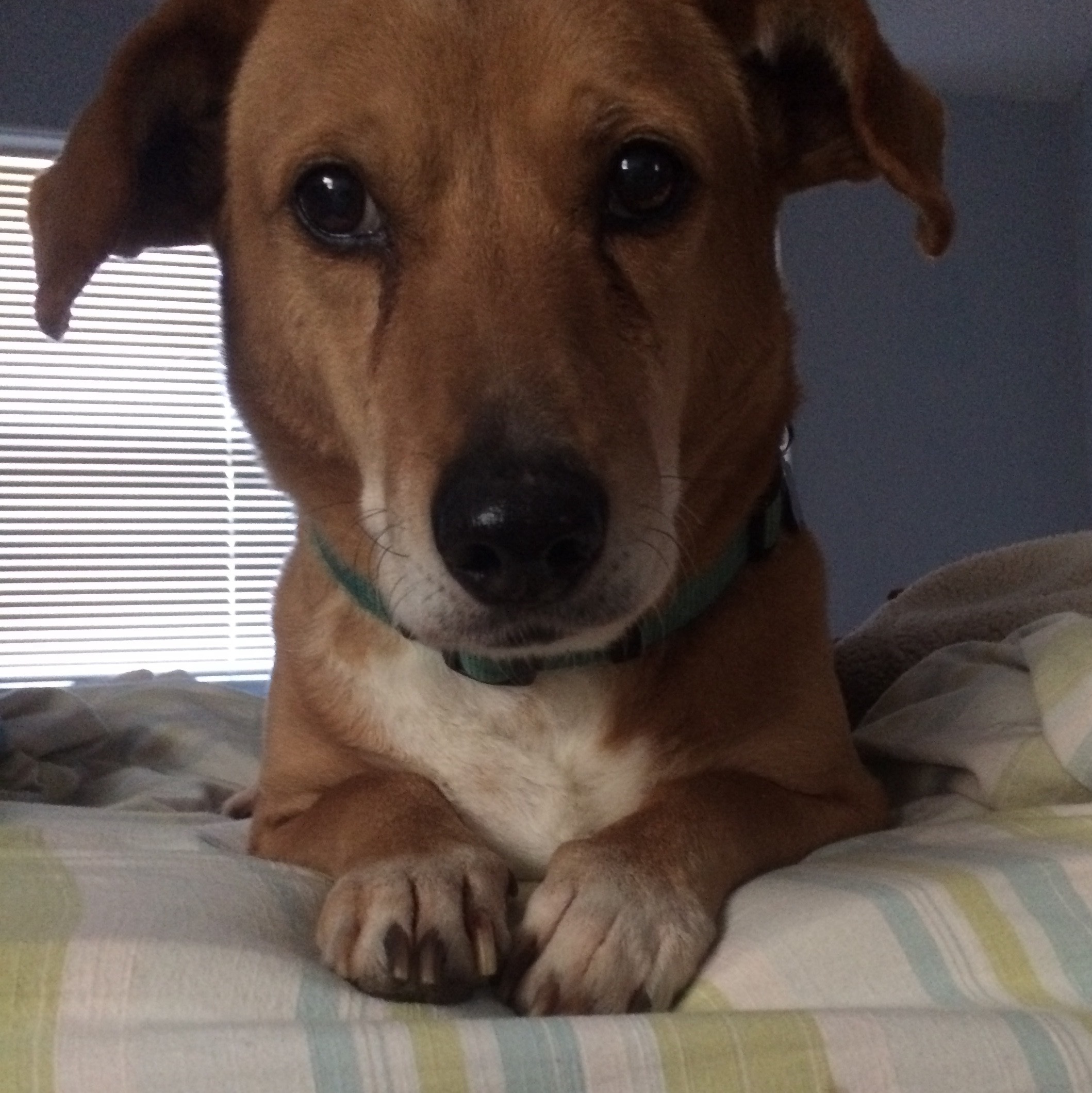Château D'yquem
Château Rieussec
Sauternes Sémillon-Sauvignon Blanc Blend 1983
Dessert last night was a layered, guava, mango, raspberry, passion fruit cheesecake. I did a dual pair with 14 Kobalt Sauvignon Blanc and this 83 Rieussec Sauternes. The 83 won hands down.
Look at that color! 👀 The older they are, the darker they get. I’ve seen one nearly black, a 1928 D'yquem a number of years back. A good producer/vintage of Sauternes will out live almost anyone’s life span properly stored. This 35 year old 375ml was no exception to that rule.
The nose reveals; brown sugar, molasses, dried; pineapple, apricots, peaches, nectarines, orange citrus, touch of light colored citrus’s, marmalade, mixed nuts with skin, toffee, caramel, tea notes, soft limestone minerals, gravel with pebbles and dark withering flowers/lilies.
The body is full, rich and gorgeous. The palate is nicely integrated and complex. The fruits are a combination of candies and dried. Brown sugar, raw sugar cane, molasses, dried; pineapple, apricots, peaches, nectarines, mango, prunes & dates. Candied, lemon, lime & grapefruit. Orange citrus, marmalade, honeycomb, mixed nuts with skin, toffee, caramel, Lipton tea notes, soft limestone minerals, gravel with pebbles and dark withering flowers, yellow & orange lilies. The acidity is like a rain shower and the elegant, rich, well balanced and polished finish lingers on your palate and dances mentally in your brain. There is also granulated sugar on the palate. Huge RS!
Producer notes...Rieussec is aged in an average of 50% new, French oak barrels for 18 to 24 months, depending on the character of the vintage. Chateau Rieussec is owned by the Lafite side of the Rothschild family and all their used oak barrels come from Chateau Lafite.
Photos of; Chateau Rieussec, grapes awaiting the onset of botrytis, their roughly 25-30 year Estate vines and their barrel room. — 7 years ago

Château d'Yquem
Y Ygrec Sémillon-Sauvignon Blanc Blend 2017
No doubt at this point in time, the Sauvignon Blanc is dominating. Intense, lemon and lime with above average acidity that makes this wine almost one dimensional at this point in time. Would love to revisit in a decade. My score reflects today with unlimited upside potential.  — 7 months ago
Château d'Yquem
3 Sauternes Sémillon-Sauvignon Blanc Blend 2014

Château Rabaud-Promis
Premier Grand Cru Classe Sauternes Sémillon-Sauvignon Blanc Blend 2011
Located opposite the Chateau d'Yquem, the Rabaud-Promis castle, on the hill Rabaud since the late eighteenth century. Sweet stone fruit aromas with hints of honey. On the palate full flavors of orange and peach with notes of citrus notes adding a bit of spice. Balanced acidity, rich finish ending with botrytis-like character. Very nice! — 7 years ago
Mullineux Family Wines
Straw Wine Chenin Blanc
Delicious. Replacement for the Château d'Yquem Sauternes previously on the Reserve Tasting Menu; not mad at this South African straw wine, however, as the 2022 vintage was served as the finale for our meal at Da Terra in London as well. Top marks! — 10 months ago
Eschenauer & Co.
Chateau d'Yquem Haut Sauternes Sémillon-Sauvignon Blanc Blend 1918
Clos Baudoin
Clos Baudoin Vouvray Chenin Blanc 1989
Still drinking the 89 while storing at temps rainging from 50 to 90 degrees F for the last 22 years. 2 bottles left. Not one bottle in all thes years was less than perfect. I would rate it as a 98.5, but, i am no expert. I have had great assulase, tokaji aszu and chateau d'Yquem but, for the price i paid (20$/bottle), it far exceeds the others. It is now a medium amber color complex fruity tones great finish. I feel sad when the last drop leaves my teast buds. I also have a few of the 90's to us as a comparison. They are a distant second. — 7 years ago









Conrad Green

Outrageous. Intense pretty and bright. Lemon curd, orange rind, lifted zesty fruit. Just spectacular — 21 days ago